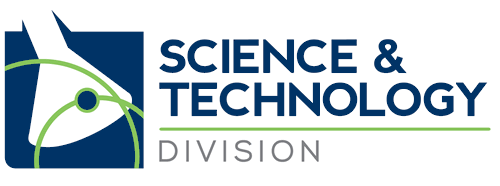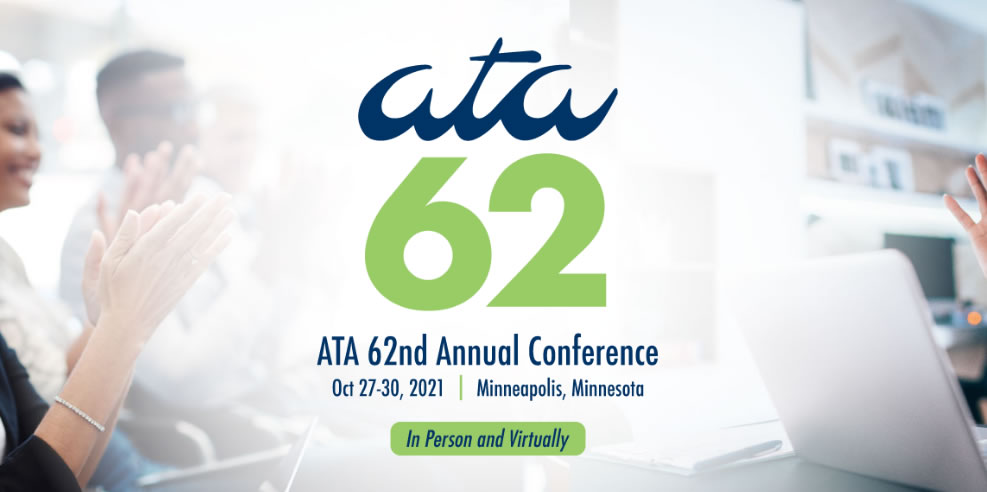ATA62 was held October 27-30, 2021 in Minneapolis, Minnesota. This was a hybrid event with around 1,000 translators, interpreters and companies attending in-person or online.
Conference presentations were streamed live as well as simultaneously recorded for viewing after the conference. Conference attendees are able to view all 120 sessions on-demand anytime, anywhere, for at least six months.
A schedule of events, speaker bios and session descriptions are available on the ATA62 website.
The following sessions were presented in the Science & Technology track:
(099) The Magic of Soil: Connecting Basic Principles to Applications
Speaker: Nic Jelinski, Science and Technology Division Distinguished Speaker
Saturday, October 30, 11:30 am – 12:30 pm CST
Soils are magic. Soils are connectors. To study soil is to study ourselves. Soils are more physically complex, chemically reactive, biologically active, and diverse than we can imagine. Because complex biological, chemical, and physical processes affect the way soils form and the way that they are managed, we can use first the principles from biology, chemistry, and physics to understand them. In a very real sense, we’re all made up of soil, our management of it affects human and environmental health, and our lives, communities, and cultures depend on our understanding of it.
(101) Permafrost-Affected Soils in Alaska: Distribution, Comparative Morphology, and Change
Speaker: Nic Jelinski, Science and Technology Division Distinguished Speaker
Saturday, October 30, 2:15-3:15 pm CST
Permafrost-affected soils (classified as Gelisols in U.S. Soil Taxonomy) are widely distributed across the zones of continuous, discontinuous, and sporadic or isolated permafrost in Alaska. Drivers of near-surface permafrost are varied and differ between climate- and ecosystem-driven permafrost. The morphology of permafrost-affected soils also changes predictably in response to soil forming factors and between zones of continuous and discontinuous permafrost. The comparative morphology of permafrost-affected soils can be utilized to understand processes that affect their formation and vulnerability to future change.
(047) Poly-what? A Translator’s Guide to Polymer Science
Speaker: Matthew Schlecht
Friday, October 29, 2:30-3:30 pm CST
Polymers are everywhere, but what are they, really? This session will survey polymer science from a translator’s perspective: what is it, what types of source documents does it appear in, and how do you translate it? The content is aimed at an intermediate-level audience and assumes familiarity with science. Attendees will gain a basic knowledge of polymer and material science that will help guide technical translators to produce more sophisticated scientific prose in the target language. Terminology and translation examples from German, Japanese, French, Spanish, and English will be presented, and online resources will be identified.


